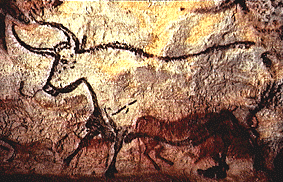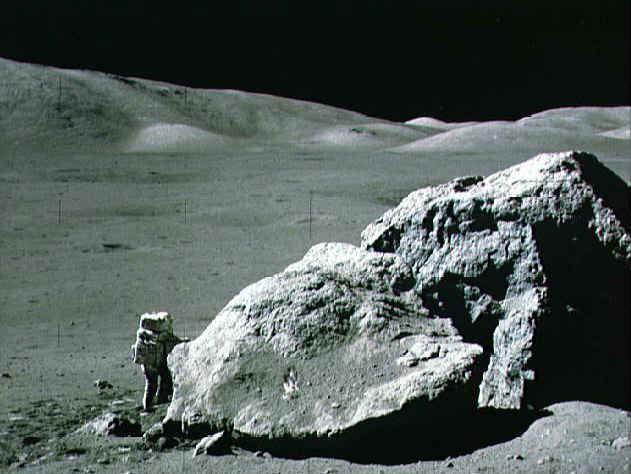|
|
Mathematical and Technological Literacy I |
|
Please do the following at the beginning of every computer activity.
a. Open a new Word document.
b. Click on the Office Button in the upper left corner, then slide over "Save As". Choose either "Word Document" to save your document as a Word 2007 document or "Word 97-2003 document" to save your document in an early version of Word. If you are not sure which to choose, you should use "Word 97-2003 document". Save the document to the desktop by setting the "Save in" textbox to "Desktop". (Saving to the desktop makes it easy to retrieve your work when you are finished.) Your file name should be entitled something like "Group Activity 3". Last, confirm the save as type in the last box. (*.docx) is the suffix for a Word 2007 document. (*.doc) is the suffix for early versions of Word.
Learning Goals for this Activity
1. Beryllium-11 is a radioactive isotope of the alkaline metal Beryllium. Beryllium-11 decays at a rate of 4.9% every second.
a) Assuming you started with 100%, what percent of the beryllium-11 would be remaining after 10 seconds? Either copy and paste the table or show the equation used to answer the question.
b) How long would it take for half of the beryllium-11 to decay? This time is called the half life. (Use the "solve using logs" process to answer the question) Show your work.
2. Some of the most famous Cro-Magnon cave paintings are located in Lascaux, France. On the right is an image from Lascaux.
Charcoal found in the cave has approximately 14% of the carbon 14 found in
living wood. Carbon 14 decays
approximately 1.202% every 100 years.
|
 |
|
Age of moon |
|
|
3. Rock samples brought back from the moon by Apollo astronauts have approximately 58% of the original amount of Uranium 238 present. Uranium decays at a rate of approximately 7.41% every 500 million years.
|
 |